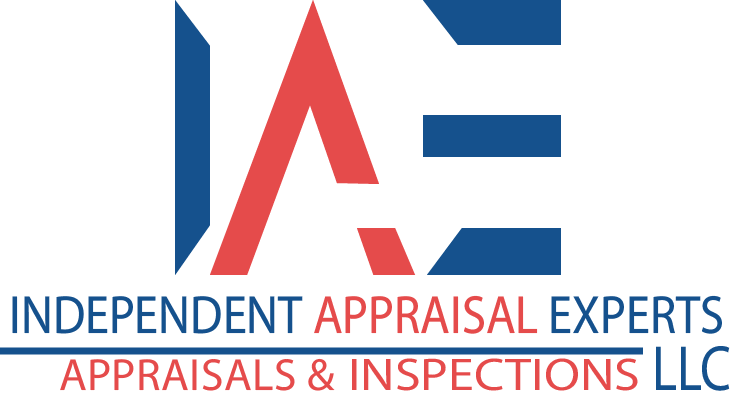
Valuation Basics
Although there are more than 12 different valuations that can be defined, most appraisals require only Fair Market Value, Orderly Liquidated Value and Forced Liquidated Value.
Market Value
The NEBB Institute defines Fair Market Value as an opinion of value, expressed in terms of money, at which the property would change hands between a willing buyer and a willing seller, neither being under any compulsion to buy or to sell and both having reasonable knowledge of relevant fats, as of a specific date.
Orderly Liquidation Value
The NEBB Institute defines Orderly Liquidated Value as an opinion of value, expressed in terms of money, that typically could be realized from a properly advertised transaction, with the seller being compelled to sell, as of a specific date, for a failed, non-operating facility, assuming that the entire facility is sold intact.
Forced Liquidation Value
The NEBB Institute defines Forced Liquidated Value an opinion of value, expressed in terms of money, that typically could be realized from a properly advertised and conducted public auction, with the seller being compelled to sell with a sense of immediacy on an as-is, where-is basis as of a specific date.
While analyzing and comparing information to determine value, we consider three approaches to value:
Income Approach
The Income Approach considers future revenue that the equipment or machinery will produce then derives the value to present day through capitalization of the income and expenses.
Cost Less Depreciation
Often referred to as the “Cost Approach”, this Cost Less Depreciation Approach considers the new machine cost plus freight and installation, minus depreciation.
Market Data Approach
The Market Data Approach or Market Approach compares recently sold comparable equipment in arriving at a probable value.

